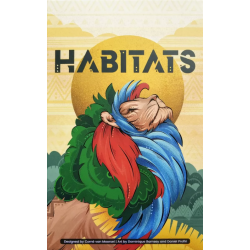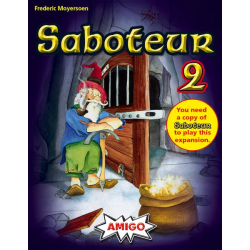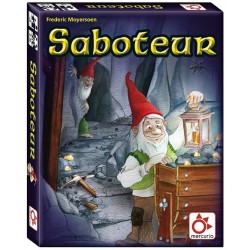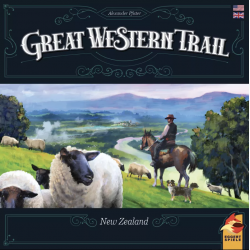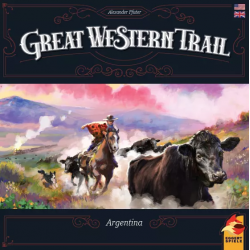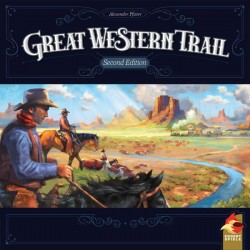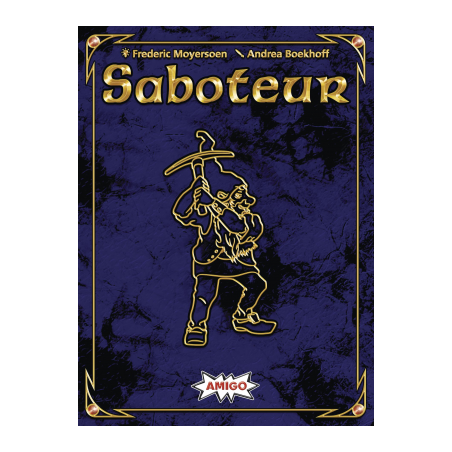No products in the cart.
Active filters
Saboteur 20th Anniversary Edition
Saboteur: 20 Jahre-Edition, a twentieth anniversary edition of Saboteur, includes the base game; the Saboteur 2 expansion; the special cards from the 2016-2023 World Championships; the mini-expansions Road Customs, Clothes Room, and Stollen Festival; two new mini-expansions: New Goals and Treasure Chests and two new game variants.
Habitats
In Habitats, each player builds a big wildlife park without cages or fences. The animals in your park need their natural habitats: grassland, bush, rocks or lakes. The zebra needs a big area of grass and some water adjacent, for example, while a bat needs rocks and bush and water, a hart needs bush and grass, and a crocodile needs mainly water. There is a snake, baboon, bee, elephant, otter, lizard, turtle, eagle, meerkat, scorpio, hog, catfish, rhino, etc., each with its own landscape requirements — 68 different animals in total.
Saboteur 2
In Saboteur, each player takes on the role of a gold-digging dwarf or a saboteur who wants to hinder exploration of the gold mines — but each player knows only his own role, so the digging may or may not go as planned!
Saboteur is required to use this expansion.
Saboteur
Players take on the role of dwarves. As miners, they are in a mine, hunting for gold. Suddenly, a pick axe swings down and shatters the mine lamp. The saboteur has struck. But which of the players are saboteurs? Will you find the gold, or will the fiendish actions of the saboteurs lead them to it first? After three rounds, the player with the most gold is the winner.
Zoo Vadis
What if the animals were the ones who ran the zoo?
…Presumably, this wild government would be built upon the support of fellow creatures and fueled by the fame, attention, and prestige of wide-eyed visitors. Naturally, the most aspirational beasts would lobby for a position in the star exhibit, and the lead star would be elected Zoo Mascot.
In order to join the star exhibit, each species must campaign its way up the hierarchy of enclosures with the majority support of animal voters. And the lead star will be the species that has earned the most laurels from both raving fans and jealous rivals along the way.
Great Western Trail: New Zealand
In Great Western Trail: New Zealand, you are a runholder — that is, the owner of a sheep station — on the South Island of New Zealand at the end of the 19th century. Recent years have seen your family farm prosper by diversifying your breeds of sheep and by increasing the value of your wool.
With the dawn of the new century, new challenges have arisen. You must acquire new and improved breeds of sheep to ensure the prosperity of your family business and the laborers who work for you.
Great Western Trail: Argentina
In Great Western Trail: Argentina, you own a vast estancia in Argentina at the end of the 19th century, and you will need to travel the plains of the Pampas with your cattle to deliver them to the main train station in Buenos Aires.
Great Western Trail (2nd Edition)
America in the 19th century: You are a rancher and repeatedly herd your cattle from Texas to Kansas City, where you send them off by train. This earns you money and victory points. Needless to say, each time you arrive in Kansas City, you want to have your most valuable cattle in tow. However, the "Great Western Trail" not only requires that you keep your herd in good shape, but also that you wisely use the various buildings along the trail. Also, it might be a good idea to hire capable staff: cowboys to improve your herd, craftsmen to build your very own buildings, or engineers for the important railroad line.


